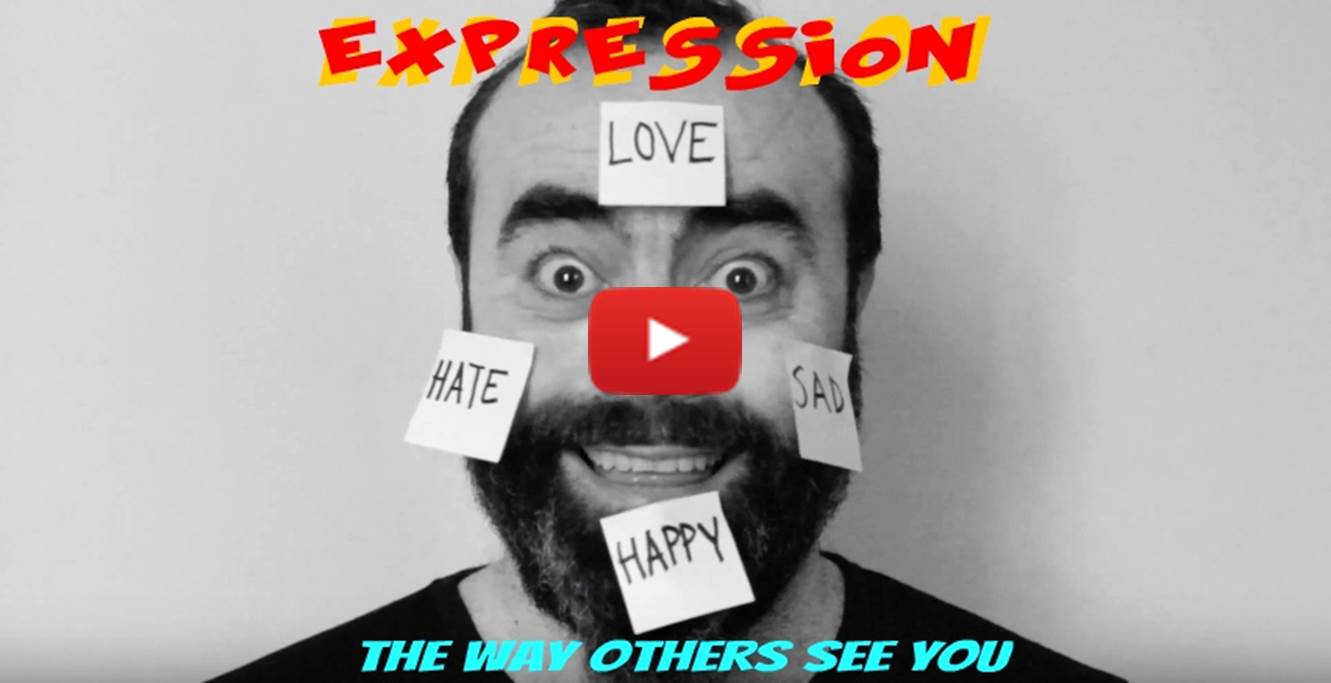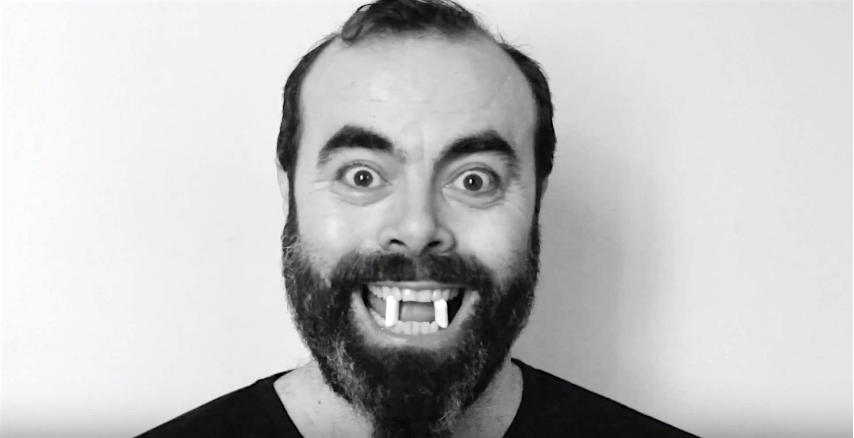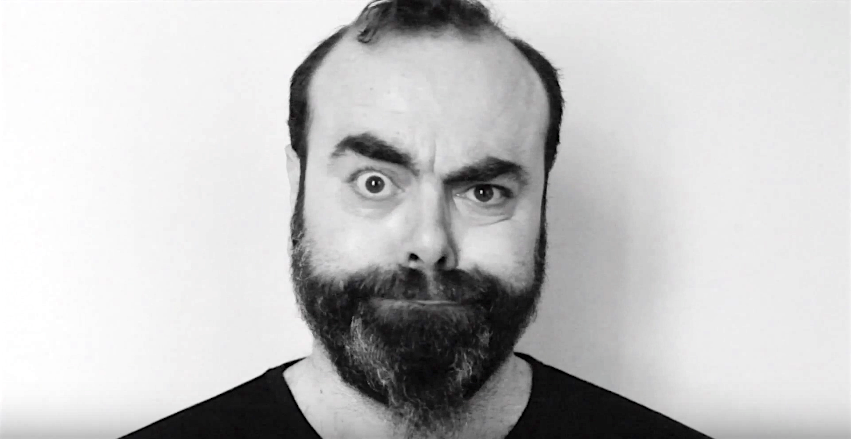Expression
A single expression can change your life!
This video of mine represents an example of the universality of the expressive language. The expression is universal, it helps to resolve the problems of communication.
The idea of Expression was born a day like many others, but unique, because very authentic. I was in the bathroom in front of the mirror and I looked my reflection as so often, the only difference was that, staring into my eyes, more intensely than usual, I literally went into a state of disrepair. This condition allowed me to feel deeply the most intimate and authentic part of myself.
I kept getting lost in my eyes, allowing me to observe, without judgment, all those expressions that I was taking, so naturally, in that instant.
Then, seized with an overwhelming joy, I decided to replicate, making other experiments in front of the video camera.
All this externalizing of facial expressions, originates since the dawn of time, when the man had no other means to communicate. Even today, when you do not speak the same language, we often use this way, so accessible a simultaneous translator, our face!
In my case, in little more than seven minutes, I made a video with 16 characters, which they stage more or less abnormal situations, the excess flow.
The significance of this work is due to the search for a truly authentic visual expression, the words indeed, but these are no longer the limit wrtitten by simple introductory titles to clips.I applied a universal language to be allocated to as many people, without the aid of words. So I thought that facial expressions were the most suitable to transmit a message directly and without filters that arouse specific sensations in the viewer.
16 characters
A fish , what music is this?, Magic hat, drop, fork, chewing gum, cinema, feelings, cow, mission impossible, Mrs. hen, the mad hatter, the silence, the robber, the mystic, the pipe.
Etymology
The term expression represents, as the etymology of the word, from the Latin expressio-onis (expulsion obtained by force, the squeezing, compression) a facial or gestural posture that non-verbally transmits one's mood or a 'emotion.
Definition
The way in which it manifests outwardly, above all in the acts of the face, in the gesture, in the gaze, the inner feeling or the soul or even the natural qualities of a person.
Source: Treccani.
Shape
The expression of the face that is proper to every person and that comes from the set of features and their behavior: beautiful, ugly f .; one f. open, friendly, polite; one f. sad, unpleasant, rough; one f. of an intelligent person, an idiot; has a f. that I can not get new; one f. that remains impressed; change physiognomy.
Immediacy
I applied a universal language to be allocated to as many people, without the aid of words. So I thought that facial expressions were the most suitable to transmit a message directly and without filters, that arouse specific sensations in the viewer.
States of mind geolocated
I'm Italian and is renowned the Italian expansiveness in expressing moods!
Muscles of Facial Expression
The facial muscles are 18. A facial expression is one or more motions or positions of the muscles beneath the skin of the face. In effects, the expression of the emotions happens through the activation of a series of muscles (of the whole body), in the animals, as in the man. This last possesses however a great ability in the control of the muscular movements, above all of the facial expressions, through 46 muscles that result the principal vector of emotional communication.
Physiognomy
Physiognomy: The facial expression that is inherent in every person and that comes from all of the features and their pose: beautiful, ugly physiognomy; an open physiognomy, nice, polite; a sad physiognomy, nasty, crude; a physiognomy of a smart person, of an idiot; he has a physiognomy which I have already seen; a physiognomy that remains etched.
Universal Communication
It is based on the universality of human expressions. Through the attitude of the face you can express a feeling, a state of mind. One communicates one's own happiness, anguish, sadness, desires. The nature of feelings is universal even if often we can not explain some frequent, discrepancy phenomena. The most recent theories emphasize eight different emotions (according to Robert Plutchik are the anger, the fear, the sadness, the joy, the surprise, the wait, the disgust and the acceptance) considered common to the whole human species, indifferently. These are innate emotions that we find in any population even if different, defined primary emotions (universal). Darwin was the first to hypothesize the universality of expressions based on the observation of emotions in primates. In fact, the expression of emotions occurs through the activation of a series of muscles (of the whole body), in animals, as well as in humans. The latter, however, has a greater ability to control muscular movements, especially facial expressions, through 46 muscles that are the main carrier of emotional communication.
A primary means of conveying social information
According to one set of controversial theories, these movements convey the emotional state of an individual to observers. Facial expressions are a form of nonverbal communication. They are a primary means of conveying social information between humans, but they also occur in most other mammals and some other animal species.
Children have spontaneous emotions
In children externalize emotions is much more simple and spontaneous, they are genuine and have no inhibitions. In some cases even adults, when they are taken by very strong emotions, they get to clear emotional expressions.
Are feelings universal?
The nature of the feelings are universal but often you can not explain some frequent discrepancy phenomena.
The perception of the emotions according to ethnicity
The origins of expressions within different ethnic groups in the world.
Ethnic diversity as an added value
The non-verbal messages, leading to the uniqueness of the human being by unifying all cultures. Thanks to this expressive language, there are no longer distances or communication barriers. So the art also has a pedagogical function: creates the opportunity to add value to the differences, then the diversity not as a fear of the other but as a tool for growth and development (Māori's expression). Different cultures, so much those geographically distant as those junta to contact, seem never to share the same expressions and the same facial reactions in front of specific stimuli emotigeni (you stimulate that cause an emotional answer), general symptom of a continuity that crosses so much the space as the time. In fact this apparent universality of the feelings doesn't limit only him to unite different etnie, distant among them but different types of etnie, distant in the time. In other terms, the absolute one is affirmed the identity of the emotions during the centuries: what tried our ancestors, what lived and the way according to which you/they reacted is practically unchanged; then as now.
Expressive empathy
To be sure to try the same thing, we should react the same way.
What Are Facial Expressions?
So what exactly is a facial expression? Well, when a person experiences an emotion, it can trigger an involuntary reaction, which is expressed by changes in the facial muscles. These slight adjustments in proportion and relative position of the facial features are what make up an expression. The human face can make over 10,000 expressions, which is kind of overwhelming!
EVENT IN NEW YORK
Artist: Luca Mazzara
Date: Venerdì 23 settembre 2016
Time: 6: 30-8: 30 pm
Presentation Conceives:
A concept of presentation in which i have interacted with the public that has have discussed "explored the arts through different cultures and the international influence" using photo and video. And projects the video and there has subsequently been the introductory debate. I have interacted with the public through examples video and photographic through a brief introduction in which I have explained what the expression is and as I intend her/it in the specific one. I have proposed an experiment direct with the public, trying to provoke a series of actions and mutual reactions, in fact, through some expressions from me assumed, the public has reacted answering in turn with others extemporaneous rhyming just as if there had been a mirror. This specific action has brought a' mutual influence. My intent was to make to arouse in the public: hilarity, joy and every type of repressed emotion through to feel authentic and deep, that has been freed without more judgment. My intent, beginning from this expressive experience, I hope can activate a great awareness from the people, to feel how much easy is, pleasant and liberatorio, to express the more authentic internal part of ourselves.The interaction from the public has activated, to put aside from the age, etnia and culture, an as authentic as sincere expressive liberty.



